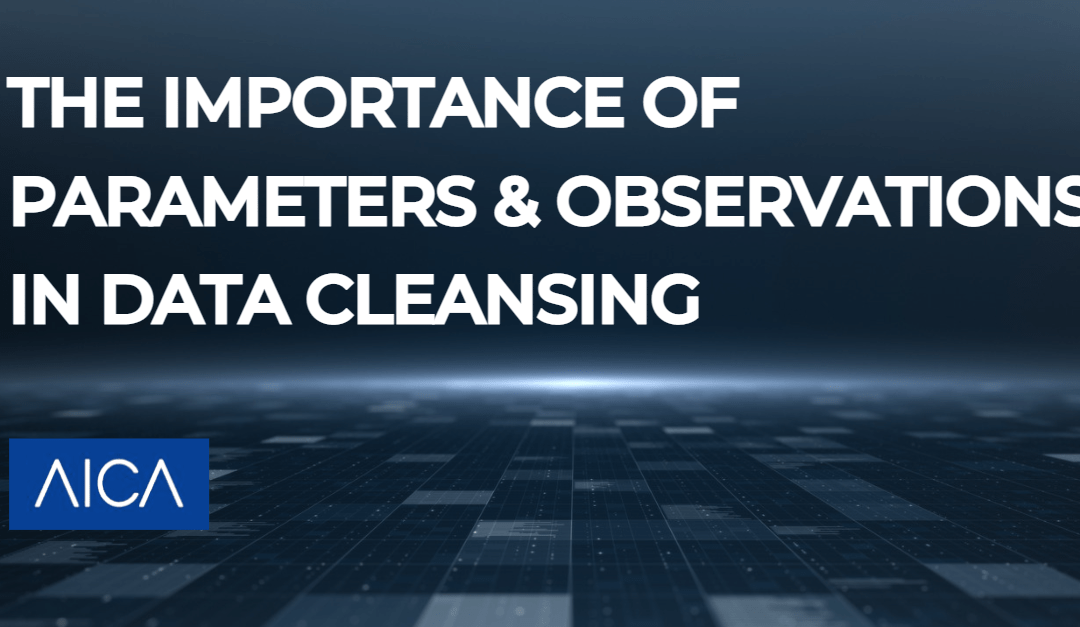Machine learning is the most powerful tool for data cleansing and enrichment, and AICA’s platform is at the forefront of this technology. One of the key aspects of machine learning models is the sheer amount of data that is used to train and improve its capabilities. In particular, the number of parameters and observations used in AICA’s machine learning models can have a significant impact on its performance.
What Are Parameters
Parameters refer to the weights and biases in a machine learning model that are adjusted during the training process to minimise the difference between the predicted output and the true output.
These parameters determine the model’s ability to generalise to new data and can range from a few hundred to tens of millions in more complex models. In AICAs case, 110 million parameters are imputed into their training model.
What Are Observations
Observations, on the other hand, refer to the amount of data used to train the model. The more observations that a model is trained on, the more accurate it is likely to be in predicting new data. Therefore AICA uses 1.6 million observations to ensure that their data cleansing, enrichment and comparison algorithms are as precise as possible therefore providing an unmatched algorithim to clients.
The Power Of Machine Learning
The power of machine learning lies in its ability to learn patterns and relationships in data without being explicitly programmed to do so. Instead, machine learning models are trained on large amounts of data and use statistical techniques to identify patterns and make predictions. This allows them to discover hidden insights and relationships that may not be apparent to humans, making them invaluable for data cleansing,enrichment and comparison.
The Benefits Of Machine Learning In Data Cleansing
Machine learning has numerous benefits when it comes to data cleansing, including:
Automated data cleansing
Machine learning algorithms can be used to automate the process of data cleansing, saving time and reducing the risk of human error. By identifying and correcting errors, inconsistencies, and missing data, machine learning can help ensure that data is accurate and reliable.
Improved accuracy
Machine learning can help improve the accuracy of data by identifying and correcting errors, inconsistencies, and missing data. By using advanced algorithms to analyze and process data, machine learning can help uncover patterns and relationships that might otherwise be missed, resulting in more accurate data.
Increased efficiency
Machine learning can help increase the efficiency of data cleansing by automating the process and reducing the need for manual intervention. By leveraging the power of artificial intelligence and machine learning, data cleansing can be done quicker and more efficiently.
Enhanced data quality
By improving the accuracy and reliability of data, machine learning can help enhance the overall quality of data. This can lead to better decision-making, improved business outcomes, and increased customer satisfaction.
Cost savings
By automating the process of data cleansing, machine learning can help save time and reduce the cost of manual labour. Additionally, by improving the accuracy and reliability of data, machine learning can help reduce the costs associated with incorrect or inconsistent data.
By leveraging the power of machine learning, AICA is able to provide a bespoke data cleansing service that can be used by organisations across all industries.
To Conclude
The sheer amount of parameters and observations used in AICA’s machine learning models allows them to identify patterns, relationships and inconsistencies that might otherwise go unnoticed, providing valuable insights that can drive efficiency and save businesses on unnecessary expenses. Click here to visit AICAs website.
